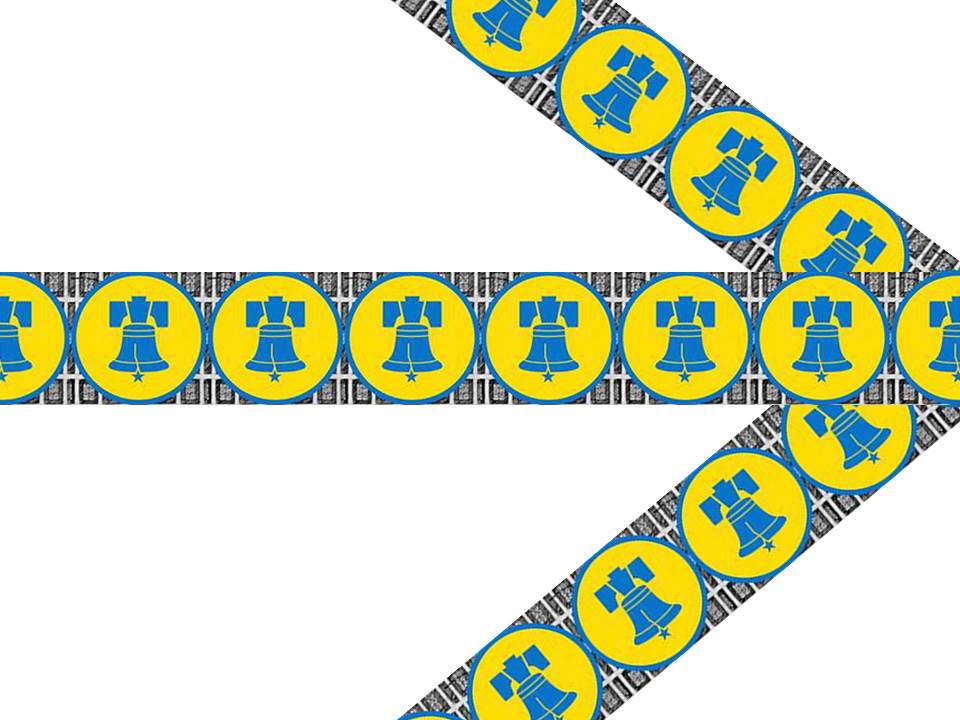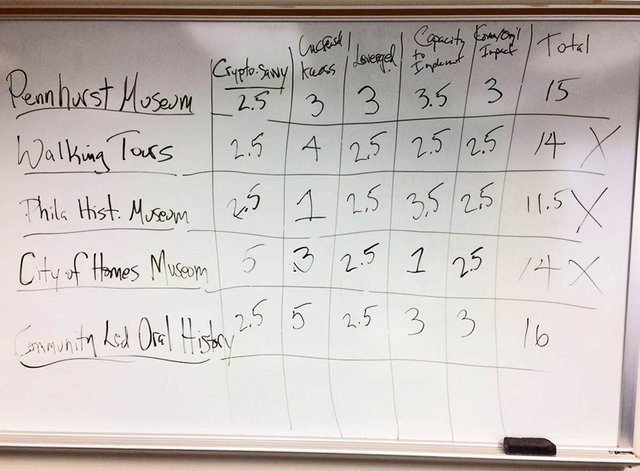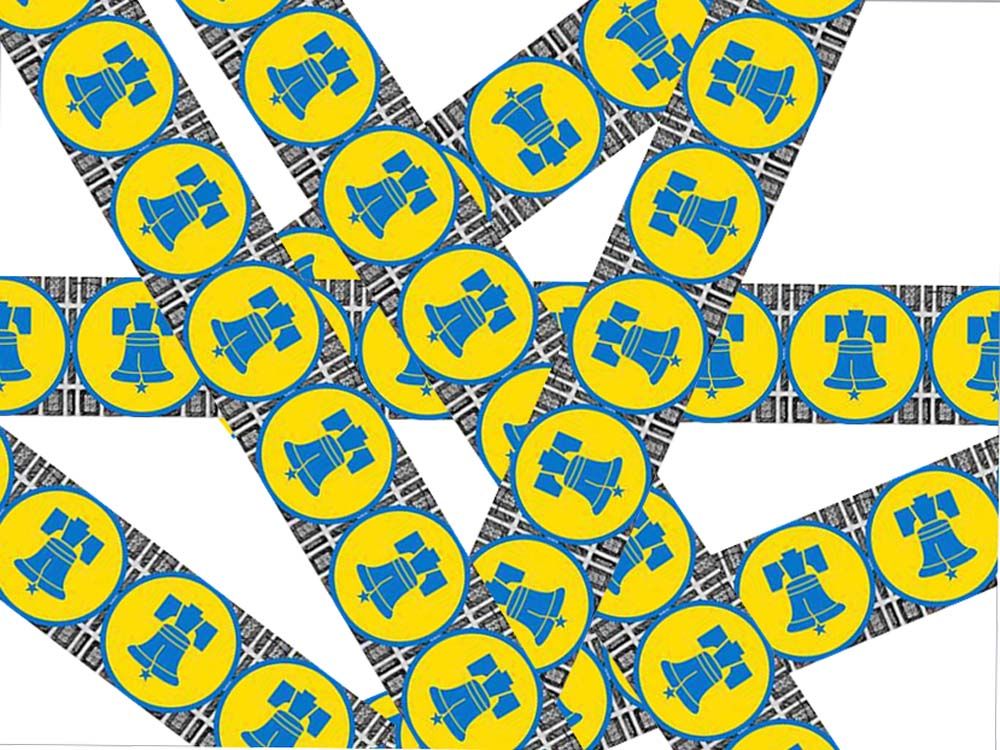3000 STEEM Awaits the Winning Project. But How to Choose Which One?
It’s time to rank our top 10 project ideas for funding.
In two recent posts - this one and this one - we presented summaries of ten interesting project ideas proposed by graduate students in public history. The purpose: to invest 3,000 STEEM in a quality program of value.
But how to make a decision that is both objective and fair?

This week, the two classes debated and developed criteria for funding based on their values and priorities and then assigned scores on a scale of 1 to 5 for each. When there wasn't enough information to judge, a score of 2.5 was assigned. Here's the list of criteria from Monday's class (5220):
- Is the project Crypto/Tech Savvy?
- Will it Increase Access to Cultural Resources?
- Will it Leverage additional Resources?
- Does the Organization have the Capacity to Implement
- Will the Project Have Impact on the Community or on the Organization?
And here is the list from Wednesday's class (5151):
- Will the Project leverage STEEM and/or Other Resources?
- Feasibility. Can the organization implement the project with existing infrastructure and human capital?
- Will the Project Enable Accessibility and Affordability
- It is Community Driven? Does it Fit the Mission of the implementing Organization?
- Is the Project Topical? / Does it promise scale or Impact?
A Glimpse at the Process: Some of the Results on the Whiteboard:

It is important to note that these two lists of criteria were developed independent of one another. Interesting, too, is how they are somewhat the same, yet not entirely. For instance, one class put a priority on what they called "Crypto/Tech Savvy." The other class valued accessibility and affordability. Both classes ranked Art Reach and the Public History Truck highly. Both gave thumbs down to funding transition costs at the Philly History Museum and the new City of Homes Museum. But there was significant disagreement about "Teaching Creatives of Today How to Fish in Tomorrow's Pools" and "Funding the Fund for the School District of Philadelphia."
Here's the combined rankings from both classes:
- Create Paid Internships at Art-Reach
- Deploy the Public History Truck to Document the Temple Stadium Project
- Community Led Oral Histories
- Fund the Fund for the School District of Philadelphia
- Support the Philadelphia Black History Collaborative
- The Pennhurst Memorial & Preservation Alliance’s Museum and Interpretive Center
- Walking Tours that are Free, Relevant and Engaging
- Plan a New Museum for the “City Of Homes”
- Teach the Creatives of Today How to Fish in Tomorrow's Pools
- Invest in the Future of History by supporting transition costs at the Philadelphia History Museum
Assuming there is wisdom here, and we believe there is, we want to explore the possibilities of most of the proposals, leaving off City of Homes and the History Museum, which both classes ranked low by both classes. (Interesting that of these two, one is a traditional public history institution and the other is a traditional approach to public history.)

Next Steps? Reaching out to the organizations themselves.
Will they want to accept the funds and implement these proposed projects?
100% of the SBD rewards from this #explore1918 post will support the Philadelphia History Initiative @phillyhistory. This crypto-experiment conducted by graduate courses at Temple University's Center for Public History and MLA Program, is exploring history and empowering education. Click here to learn more.
Please follow, upvote, resteem and keep track as the course progresses.

Will they want to accept the funds and implement these proposed projects?
100% of the SBD rewards from this #explore1918 post will support the Philadelphia History Initiative @phillyhistory. This crypto-experiment conducted by graduate courses at Temple University's Center for Public History and MLA Program, is exploring history and empowering education. Click here to learn more.

Awesome. The combination of brainstorming a lot of ideas, then using a formalized process to get real feedback -- that's powerful! I look forward to seeing how these ideas evolve.
Thanks @heymattsokol! It's been a very interesting process, so far. Very much learning as we go, broadening a community of new Steemians focused on the historical infrastructure in Philadelphia. Part of the process is learning and applying best practices. That's challenging in and of itself. Then there's the part where we're working it out on the Steemit platform - which takes everything to an entirely new level of transparency, innovation and, we hope, sustainability.
Great to see the inside of your decision making and the criteria used. And yes of course there is the question that hadn't occurred to me - whether or not the organization will want to accept funds and implement the proposed projects!
fingers crossed
extraordinary